Day 77: Old White River Mouth → Leland Cutoff
Date: September 23rd, 2022
LRM 591 → LRM 539
Distance today: 52 miles
River Time: 12 hours
Countdown to Baton Rouge, LA: 310 miles
Today was a slog of a day. The air was still, so the heat was sweltering. I had a goal of reaching Greenville, and I wanted to keep it. That made for a very long, and hot day.
In the morning I passed the mouth of the Arkansas River, which was mainly sand. Both Rivers are very low currently. Sometimes if the Mississippi is low, but the Arkansas is high, paddlers can get a boost here, but not today.
I passed chemical barges, massive flocks of pelicans, wild turkeys, coyote tracks, lines of fleeted barges, and more. I also passed a significant historical landmark, the Mounds Landing Crevasse site. In the end I arrived at my site just after 6 p.m.!
After a very long day of paddling, I am exhausted and ready to hit the hay! Tomorrow will be another long and hot day. Such is life on the Mississippi.
Good night from Greenville, MS!
J-C
Mounds Landing Crevasse
Today as I paddled, I passed a historic site. In 1927, the year of the Great Mississippi Flood, the levee at Mounds Landing collapsed. On the morning of April 21st, a small gap in the levee emerged. By noon, the churning water had opened a gap 1.5 miles wide, and gave way to a wall of water 6 feet high headed toward Greeneville, MS. All told, the Mounds Landing Crevasse flooded more than 2,000 square miles. Worse still, this didn’t even ease the pressure of the flood in the long run, as that water would eventually flow right back into the Mississippi River via the Yazoo River.
The Great Mississippi Flood of 1927 broke levees in ~145 places, but Mounds Landing was the most devastating. The amount of water pouring out of the Mounds Landing Crevasse was immense. 468,000 CFS flowed onto the Delta, which is more than double Niagara Falls, even when flooding, and more than the entire Upper Mississippi ever flows.1 Due to this crevasse, in the Mississippi Delta, the River reached widths of 50 miles wide.2
As a result of the 1927 flood, many things were changed about the Mississippi River and the way it was managed:
The U.S. Army Corps of Engineers (USACE) abandoned its long-held belief of a “levees-only” policy. They began to adopt spillways and other “pressure relief” mechanisms. The Bonnet Carre Spillway that protects New Orleans is one of them.
The levees were nationalized, meaning the federal government would begin to manage the levees along the entire Mississippi River. This was to ensure parity and uniformity.
The USACE moved the levees back. In this way, it takes a lot more water to rise those last few feet to get above the levee. It lets the water spread out and slow down near the levees as well, to reduce erosion on them.
The USACE made a series of “cut-throughs” on the Lower Mississippi River, in an attempt to make the water flow faster downstream, thereby reducing flooding.
River is Closed
The reason I passed so many fleeted (moored) barges and tows, is because the Coast Guard had closed a section of River to southbound traffic for the entire day. The stretch, called the Leland Cutoff, is extremely narrow now in the low waters, which makes it dangerous for barges to pass each other. The Coast Guard just opened the area to southbound traffic (and closed to northbound traffic) around 5 p.m., so there is a long line of barges coming through one after another.
Photos from the day
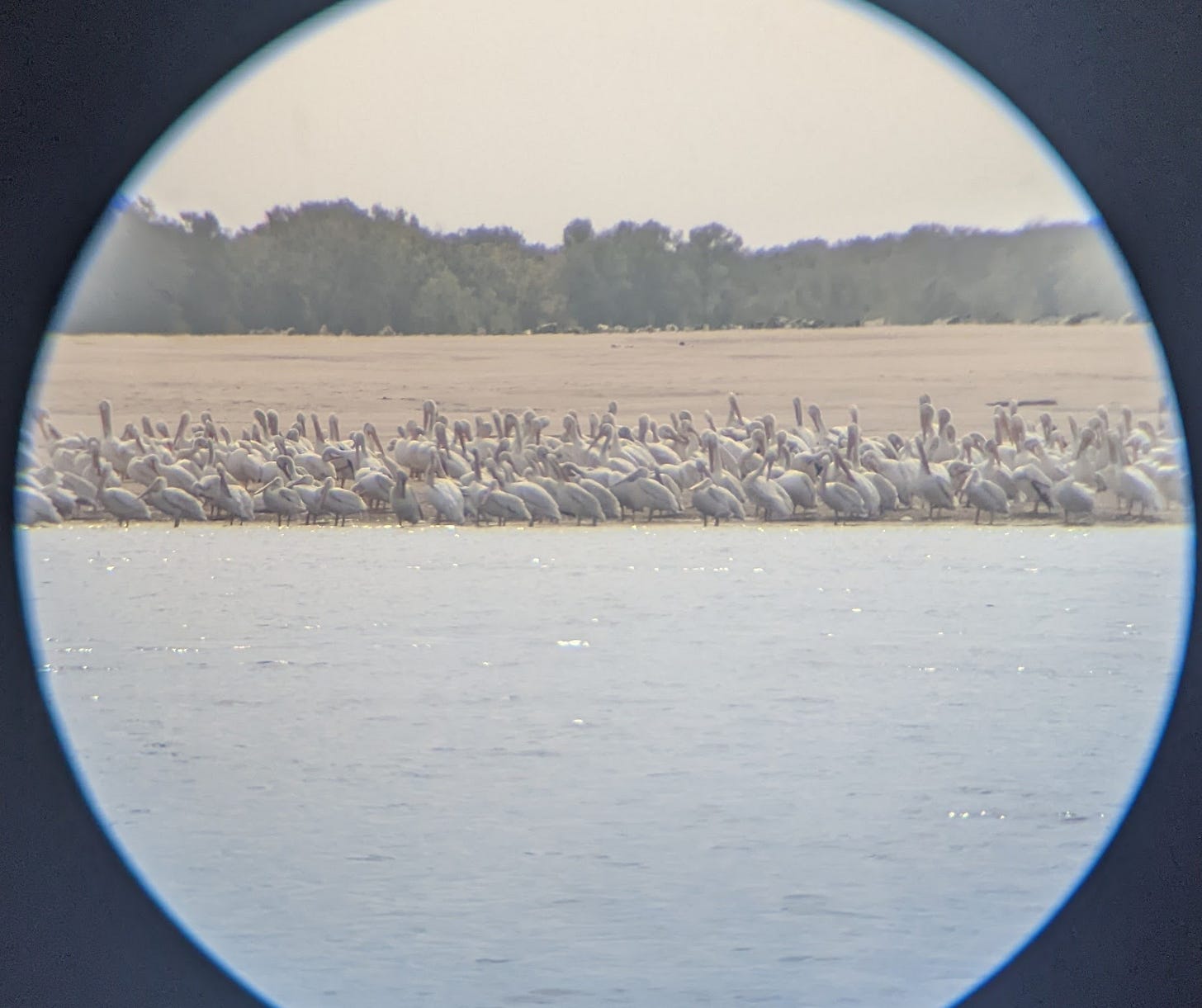
Barry, J. (1997). Rising tide: The great Mississippi flood of 1927 and how it changed America. New York: Simon and Schuster. Page 141.
Barry, J. (1997). Rising tide: The great Mississippi flood of 1927 and how it changed America. New York: Simon and Schuster. Page 143.

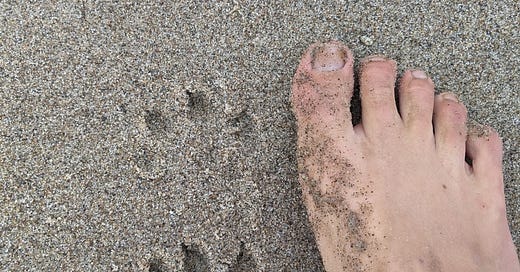


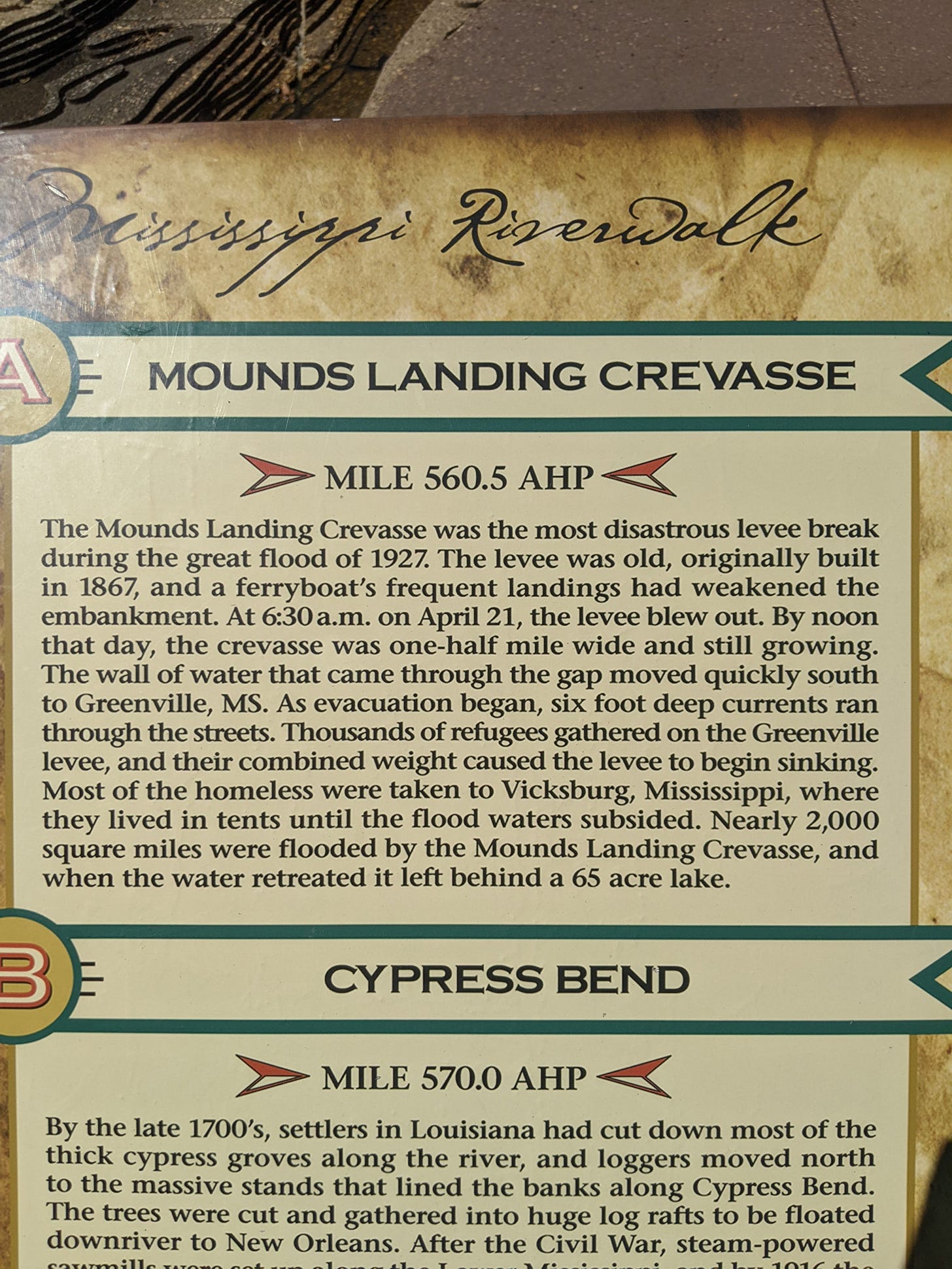
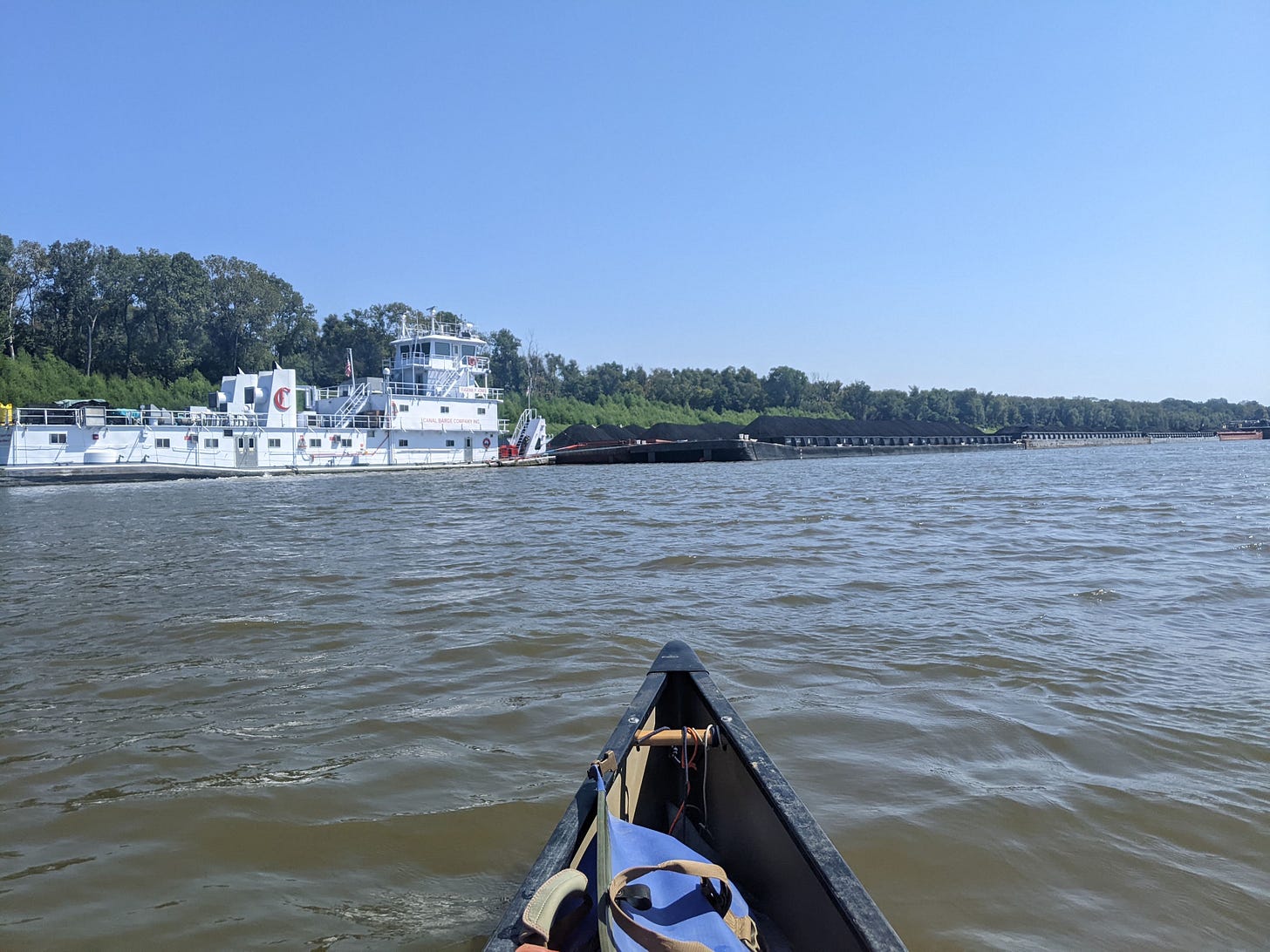
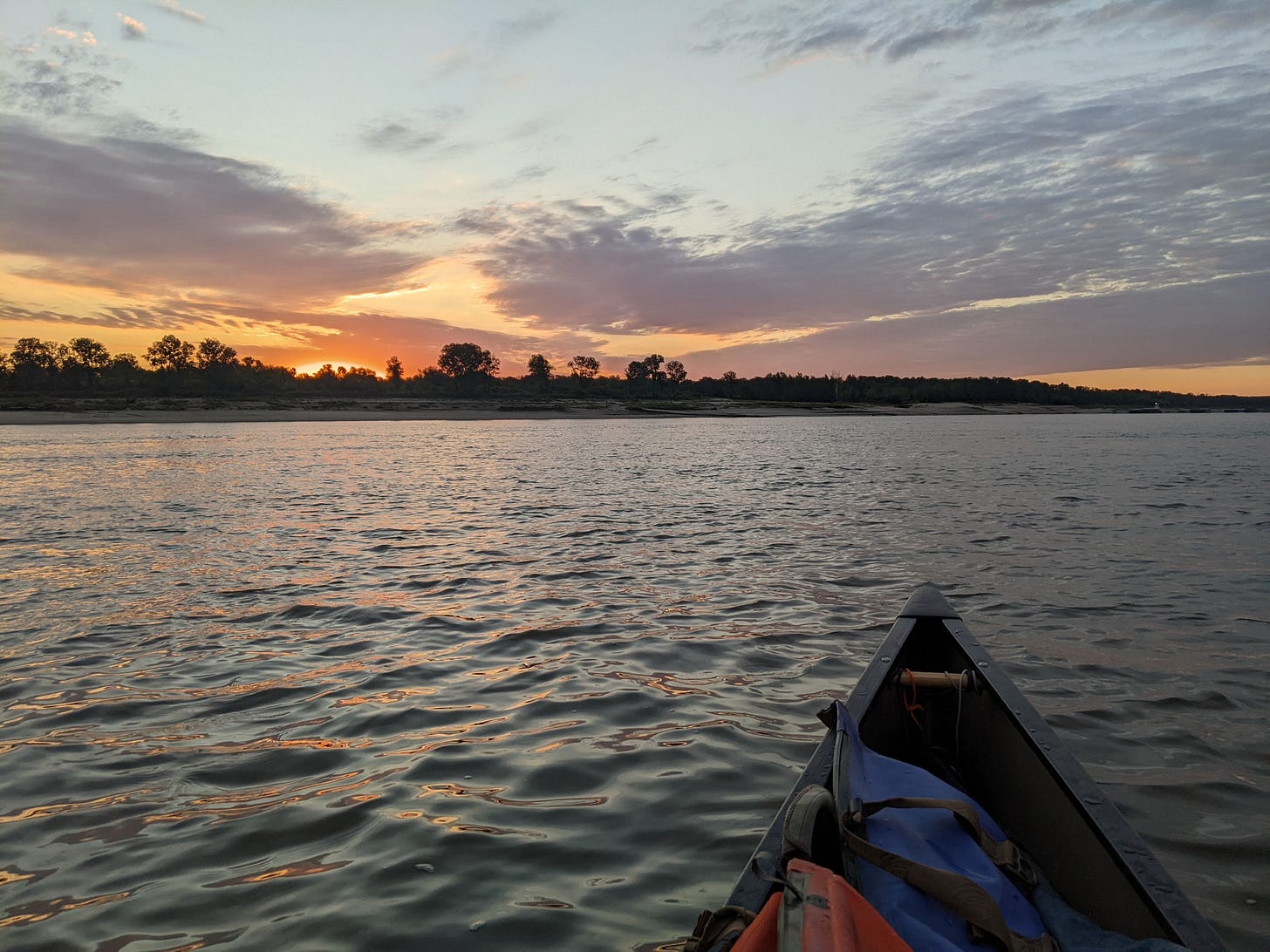


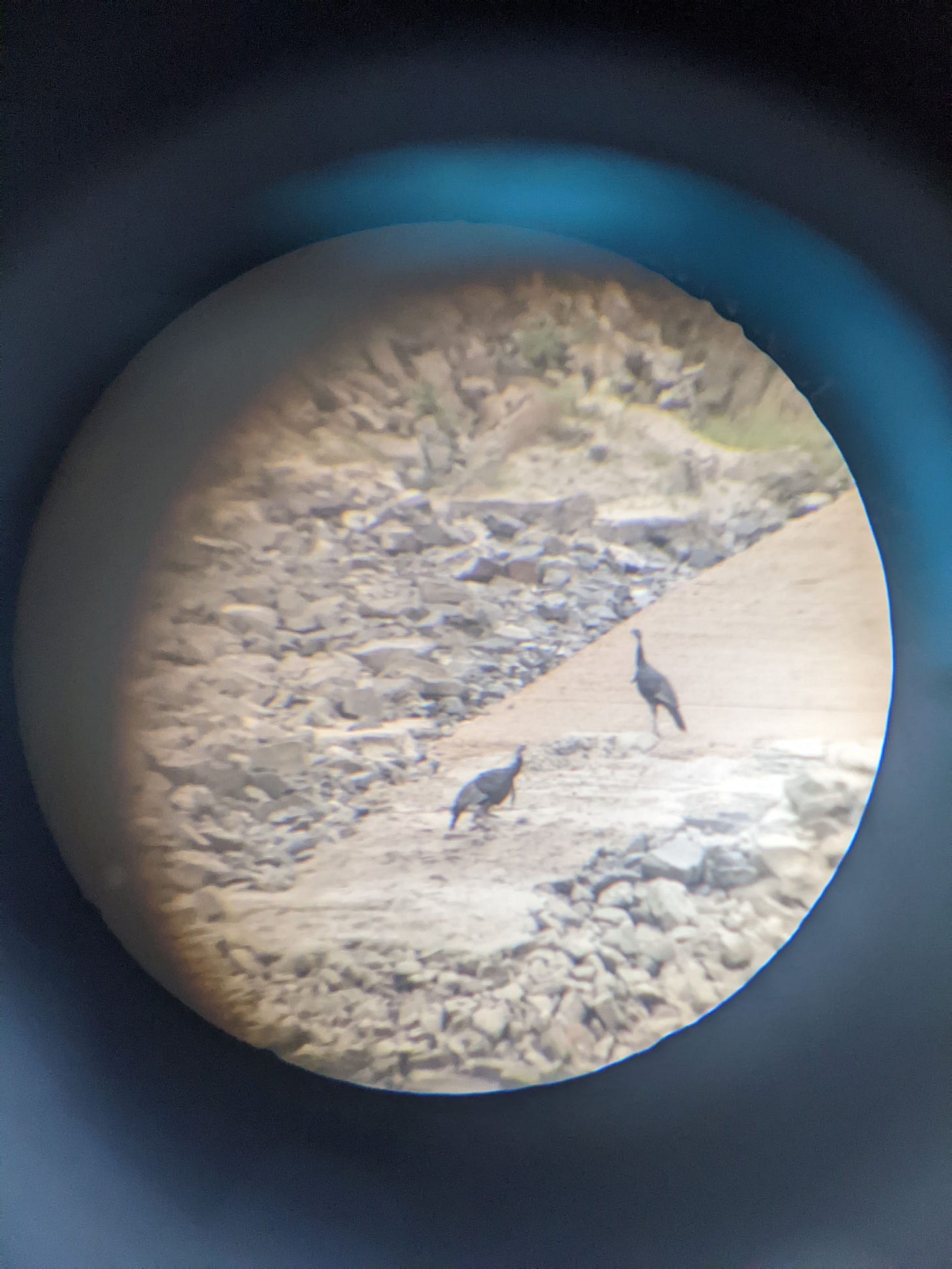
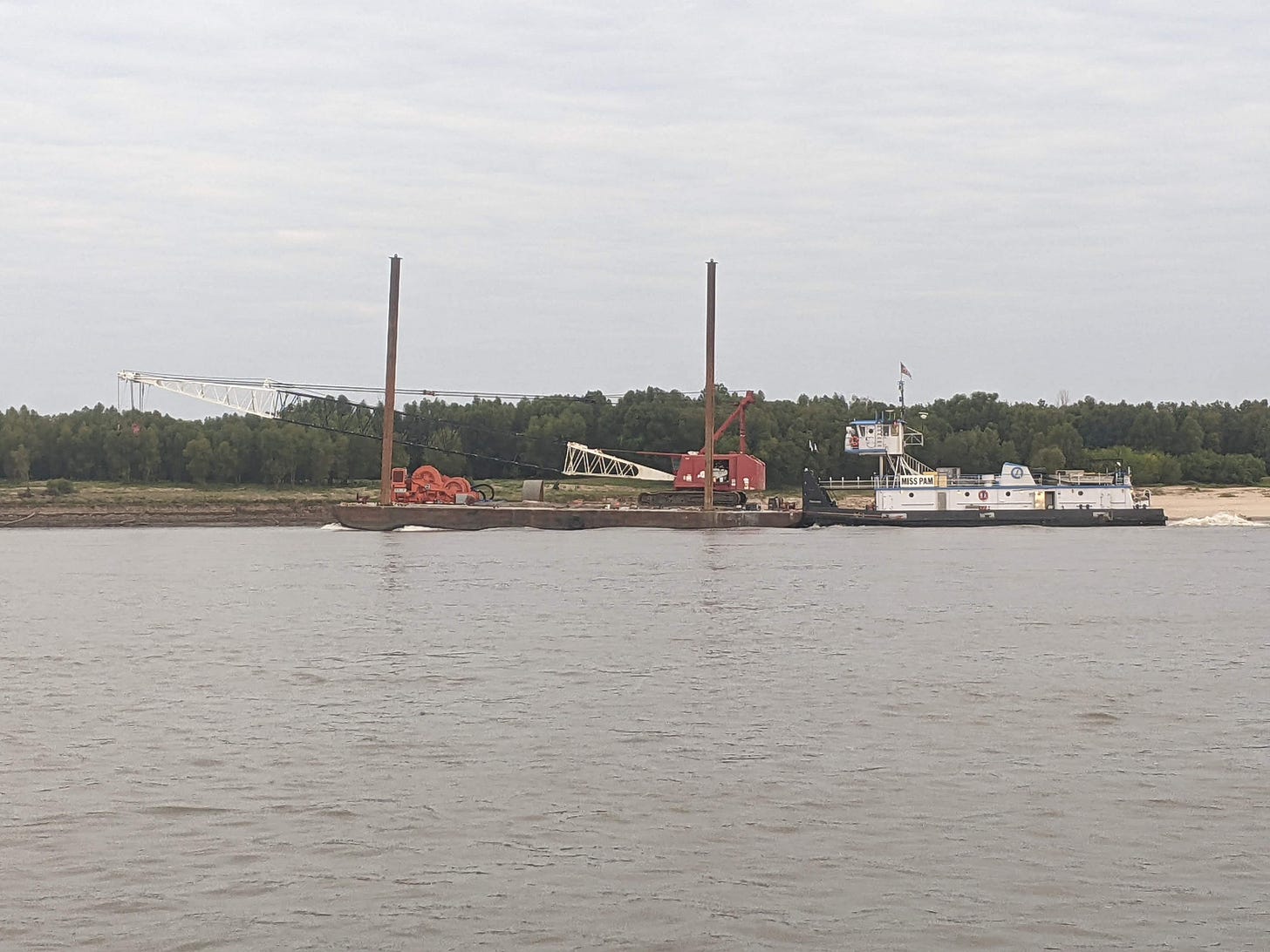
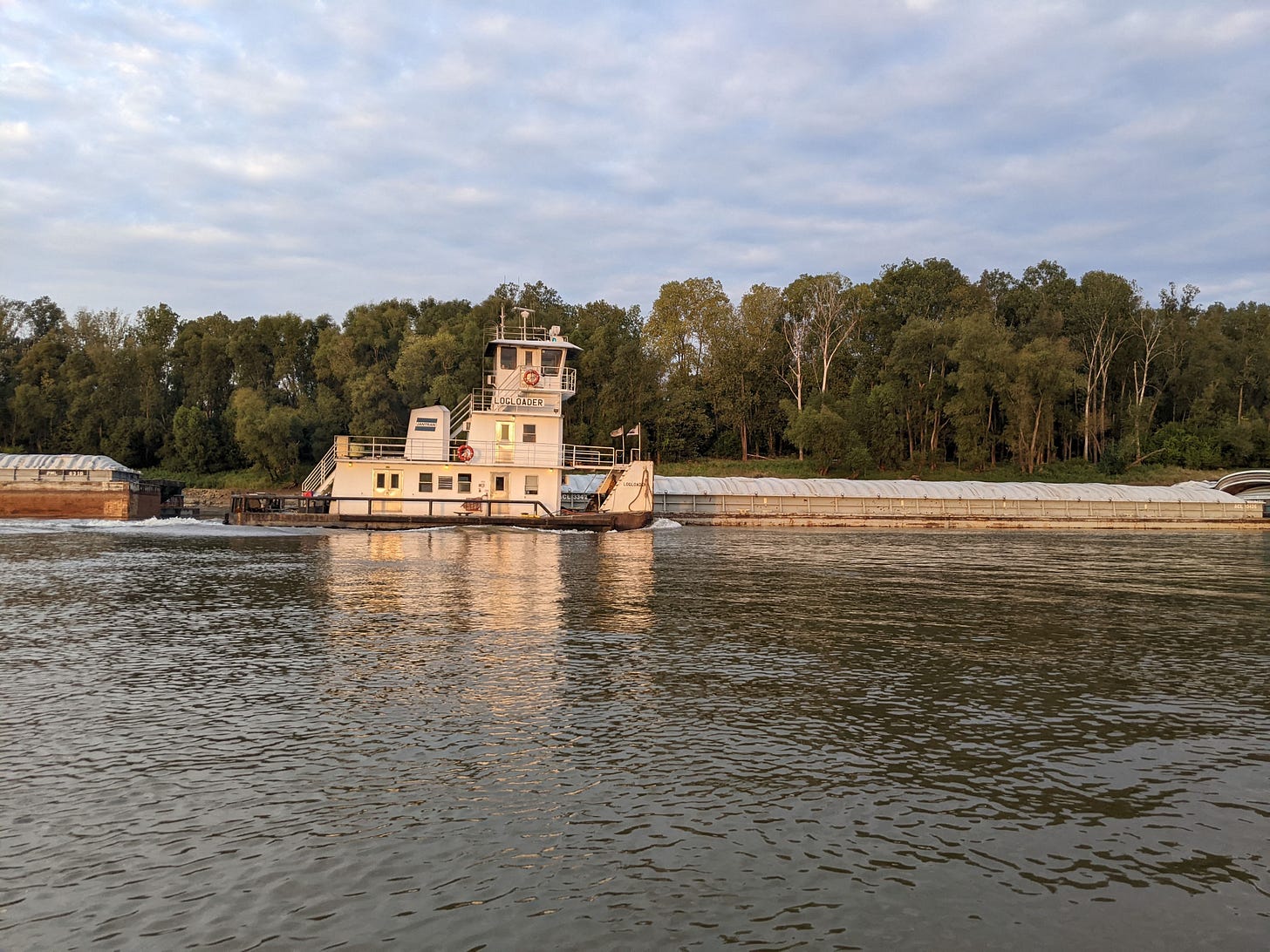
Right on, as Driftwood Johnny would say! Blessings on the rest of the trip--still reveling in the joy of you ans Solange being here!
Incredible photo of the pelicans! I’ve never seen nearly that many all at once. Do you know where they migrate?